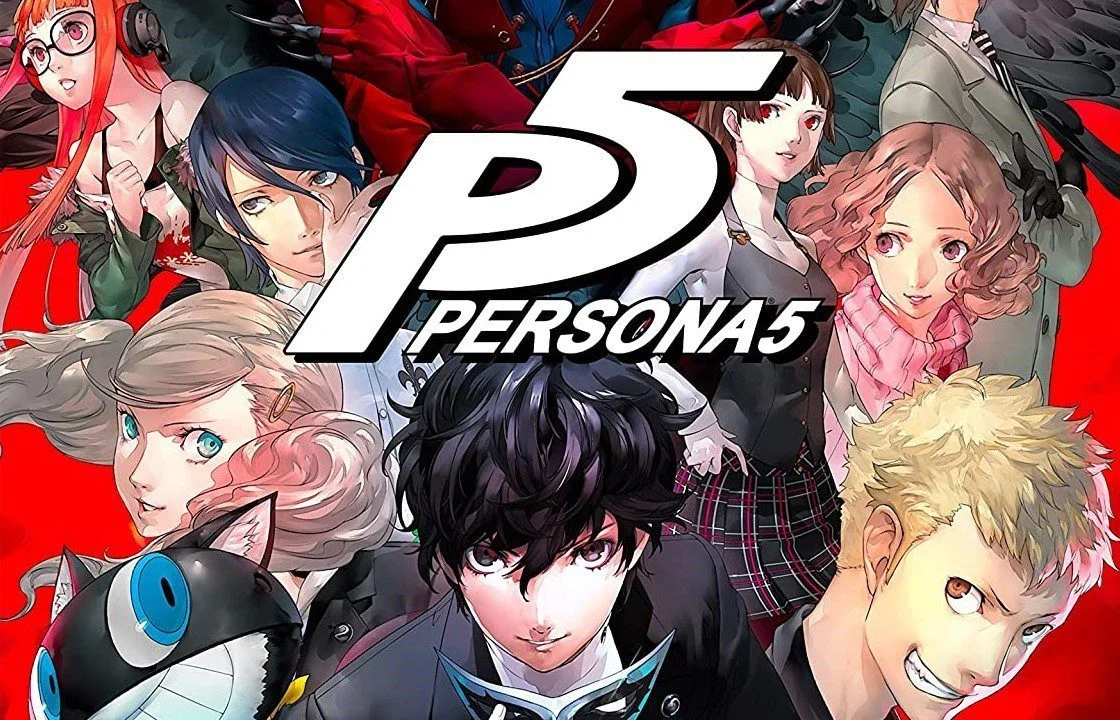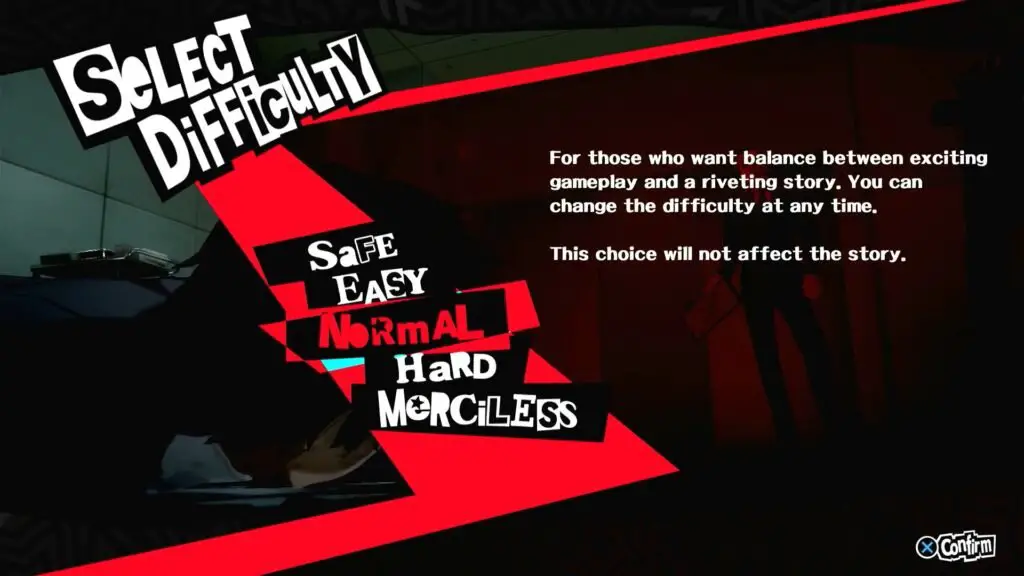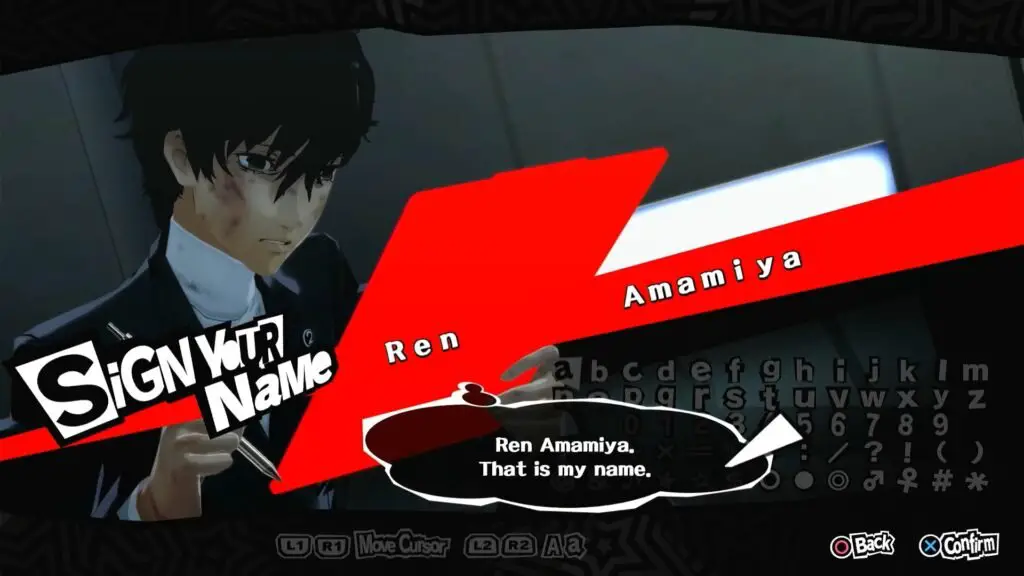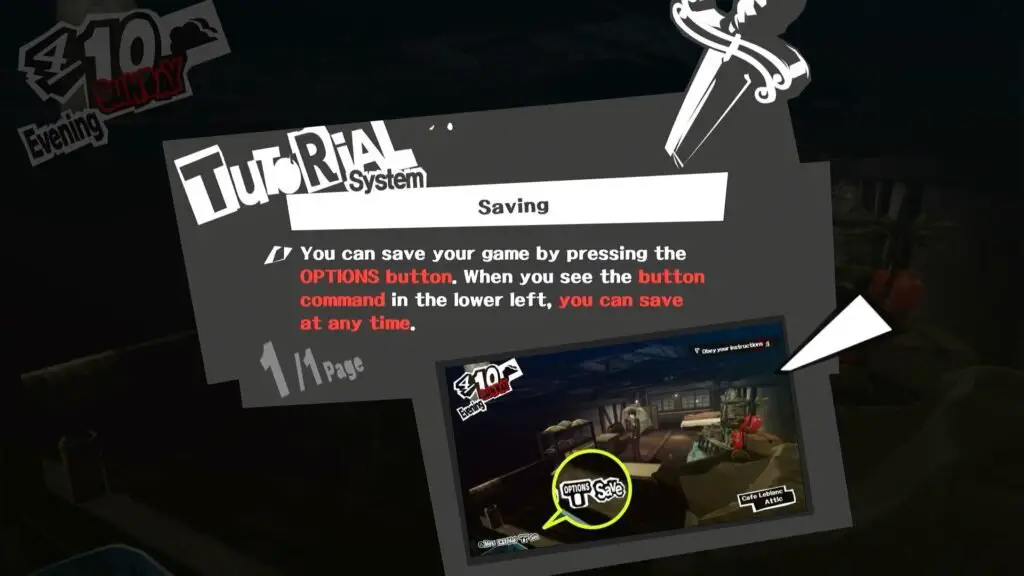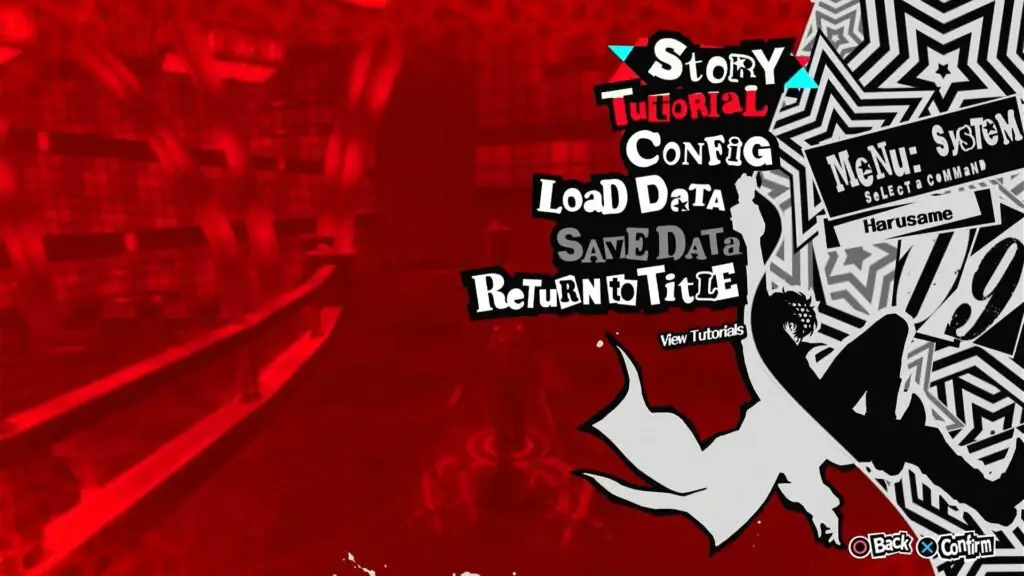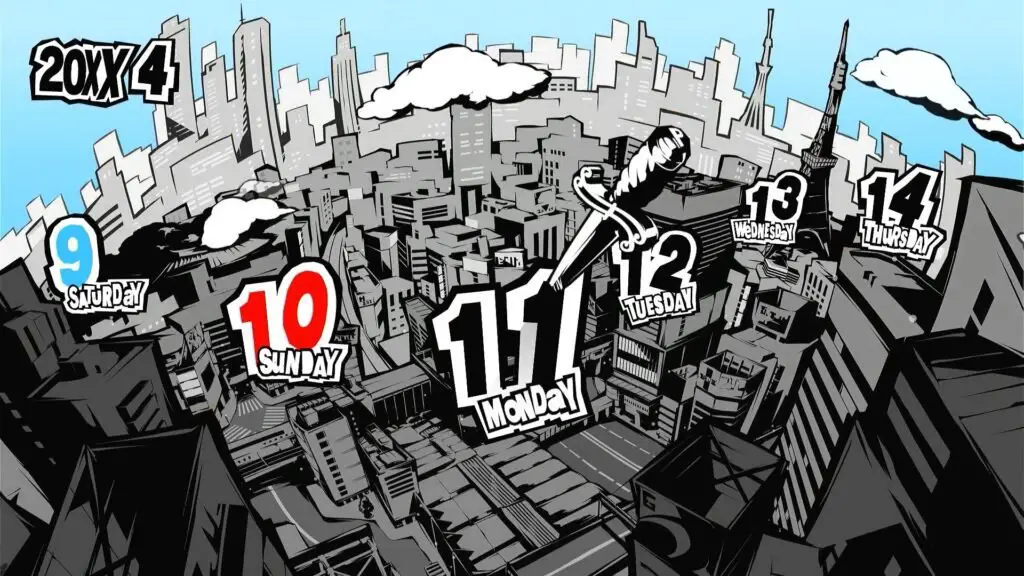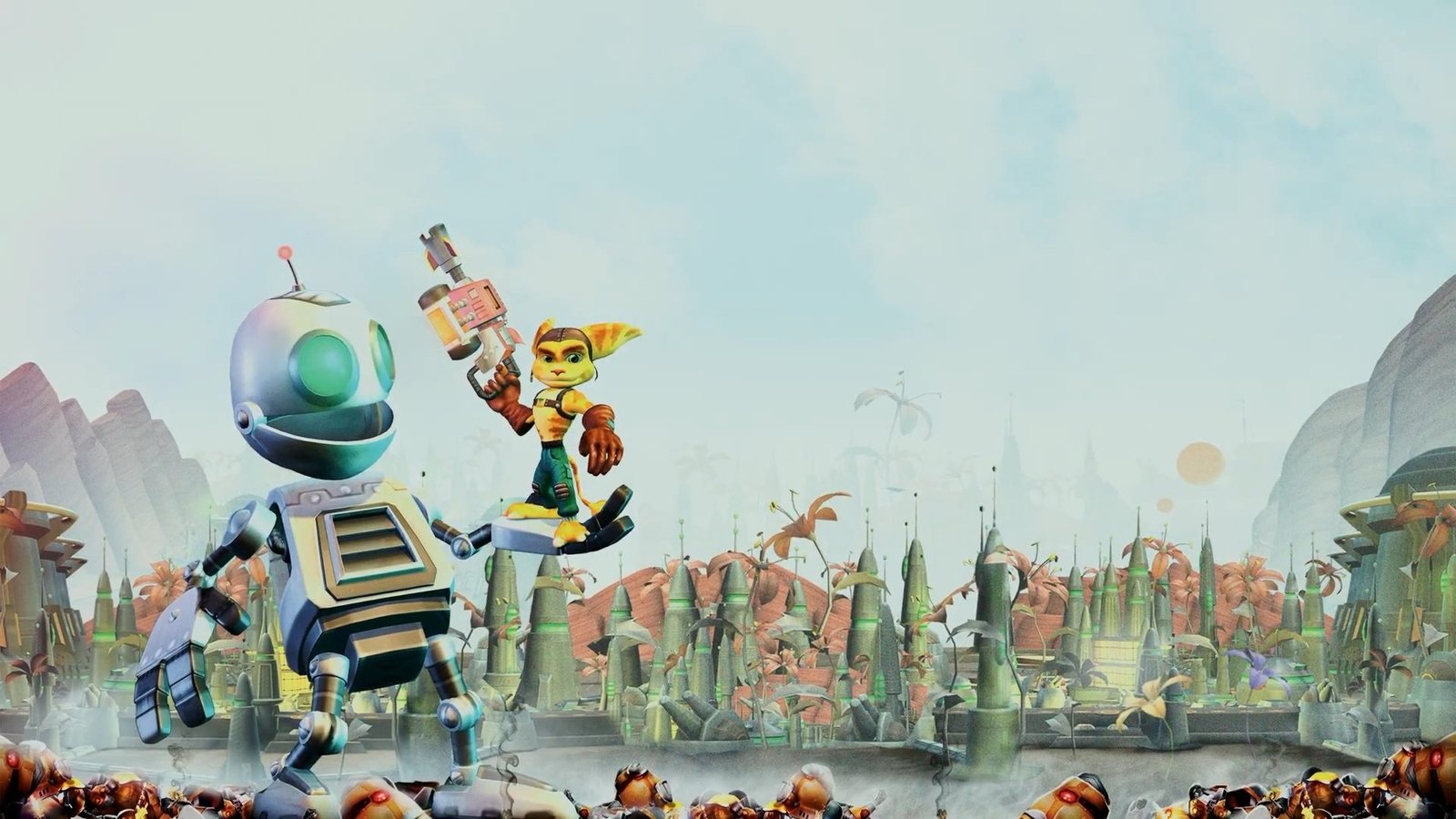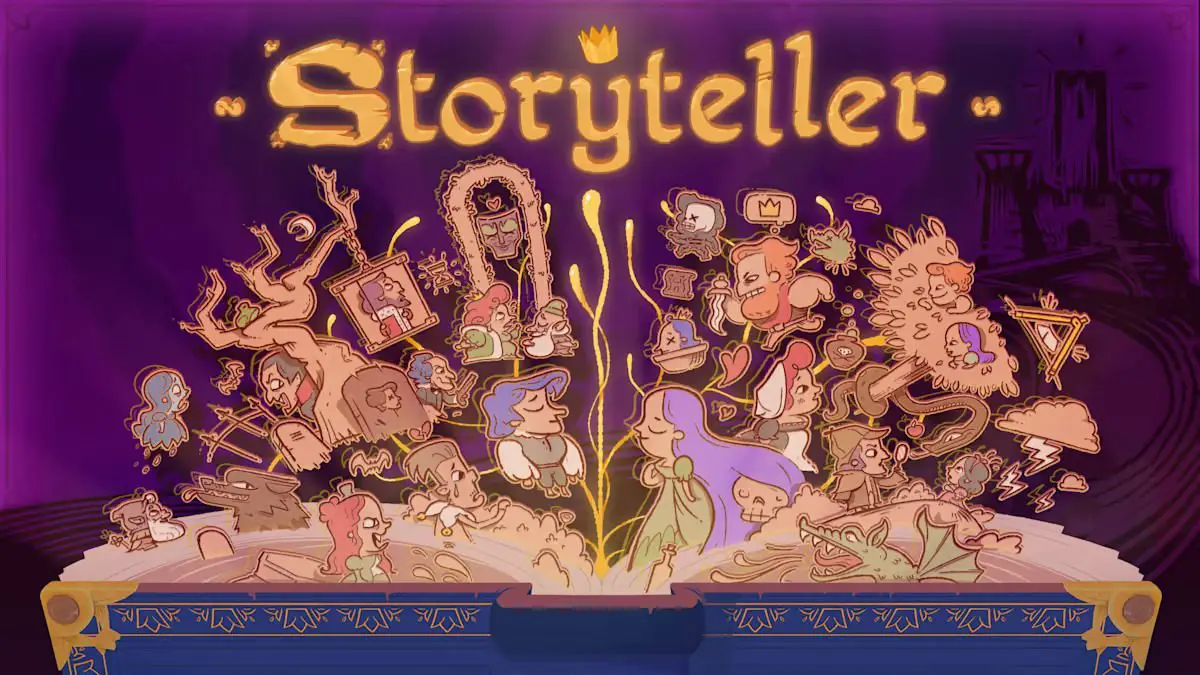This is a review of the original Persona 5 released in 2017. See here for our review of Persona 5 Royal.
What is Persona 5?
Persona 5 is a Japanese Role-Playing Game that combines dungeon-crawling, turn-based combat with day-to-day social simulation.
During your dungeon crawling escapades, you’ll be able to utilize over 100 beings, known as Personas to defeat enemies alongside your fellow Persona-users.
Meanwhile, you’ll live your day-to-day life, attending school, working part-time jobs, and hanging out with friends.

What is Persona 5 about?
Persona 5 takes place in Tokyo, Japan. You play as a High School student that transfers to Shujin Academy following a run in with… ✨The Law✨
You have been ordered to stay in Tokyo for a year to carry out your 2nd Year, with the stipulation that you have to stay out of trouble, otherwise, you’ll be sent to a Juvenile Detention Center.
Shortly after transferring, you are transported to a strange, alternate world known as the Metaverse.
While you’re there you unlock the power of your own heart: Persona. This allows you to summon a being that is the embodiment of your heart made manifest to fight against the beings in the Metaverse known as Shadows.

Alongside the companions that you make during your journey, you’ll enter the ‘hearts’ of various corrupt individuals in society, known as Palaces in the Metaverse, to ‘Steal their Treasures’ to remove their distorted desires.
Outside of the Metaverse, you’ll be able to spend your days as a regular teenager, doing the things that you’d expect to do: going to school, watching movies, or hanging out with friends, all to develop your own abilities as a Phantom Thief.
Is Persona 5 good?
Persona 5 is definitely an amazing game that any fan of JRPGs should try! The Persona series is such a unique approach to the melding of two different genre of games, and Persona 5 is a excellent entry point to anyone curious about the series.
Persona 5’s combat is similar to other turn-based RPGs that you’d find in the genre, with a couple of unique twists thrown in to make it an even tighter experience.
The turn-based RPG combat of the game is centered around utilizing being known as Personas to perform skills to defeat other Personas or enemies.
Within your team of Phantom Thieves, each potential party member has a Persona that specializes in a specific element: from Fire and Electric, to Psychic and Nuclear.

Most Personas have resistances or weaknesses to certain types of attacks. By utilizing the right ability against the right enemy, you’ll be able to exploit that weakness and extend the overall length of your team’s turn.
There is an element of resource management involved, however, you can’t go around infinitely spewing Fire at anything that looks at you funny. As with any RPG, there is an magic point system, know as SP, that puts a limitation on your fun.
You’ll have to decide whether using your magic abilities is the right thing to do in each moment, otherwise you could find yourself in a boss encounter without any resource to unleash your strongest attacks or to exploit their weakness.
Ultimately, your teammates are the bread and butter of your team composition, but you are the tasty filling to round out your team.
As the main character, you have the ability to capture and use multiple Personas – know in-universe as The Wildcard.
When you exploit an enemy Persona’s, or ‘Shadow’s’, weakness, you will gain the opportunity to talk with it. During these conversations, you can carry out a couple of actions, but perhaps the most important is asking it to join your stock of Personas.
Fans of the mainline Shin Megami Tensei series will be greatly familiar with how this system works.
Early on in the game, you’ll gain access to a place called the ‘Velvet Room’. Here, you will be able to fuse the various Personas that you capture into more powerful beings as well as have them inherit abilities from their fusion material.
Overall, the combat loop of the game feels fantastic.
It’s through mastering these systems and understanding how to optimize your Persona fusions that Persona 5’s turn-based combat truly shines.
Collecting Personas to fuse into more powerful beings; inheriting the perfect skills to either add a little extra firepower to your arsenal or outright remove a weakness; fine-tuning your team to be able to charge forward in a dungeon is oh-so satisfying!
Speaking of dungeons, there are two major approaches Persona 5 has when it comes to dungeon crawling.
One is Mementos, a dungeon in the Metaverse with hundreds of procedurally generated floors to make your way down. Players that have played Persona 3 will see striking similarities between Mementos as Tartarus.

You will be able to visit Mementos whenever you want and use the opportunity to grind levels for you and your team, or complete Phantom Thief requests.
While you won’t be able to make your way down to the bottom immediately, and choosing to go there throughout the game is optional, it’s helpful for any player to know that you should definitely spare some time to explore and you progress in the game…
The next major approach takes cues from Persona 4: Palaces.
The morally corrupt people the Phantom Thieves choose as their targets, have their own domains they rule over. These are known as Palaces.
These dungeons are unique and stylized after each of the Palace Rulers’ views. They offer unique gimmicks and puzzles that you’ll need to overcome to make it to the heart of the Palace: the treasure room that houses the source of the Ruler’s distorted desires.

It all makes sense in the context of the story, don’t worry!
The Palaces are the standout elements of Persona 5. Each one feels so unique and fun to explore. It certainly helps that each and everyone has a completely different vibe and setting that makes it hard to draw too much comparison between them.
Unfortunately, that doesn’t completely spare the game from criticism.
One of the areas that Persona 5 falls down in comparison to both Persona 3 and 4, is the structure of the game.
Persona 5 begins extremely strong, perfectly weaving together the introduction of major characters, the main premise of the game and develops a genuine emotional connection to both of these things.
However, this strong cohesion fades away after the clearing of the first palace. Devolving into a more formulaic rut.
In Persona 5, meeting new members of the party is tied with each new Palace in the game. As a result, you’ll be more than well over halfway through the game before you have every playable character in your roster.
This can take away player attachment from these later additions. You spend a lot of your day-to-day time with the members of the Phantom Thieves, but the late additions don’t get to be part of this journey.
Compare this to Personas 3 and 4, where you’ll have already met and partied up with every team member long before the halfway point. This makes every event with the full team more meaningful; you get to feel that genuine friendship.
That’s not to say that there isn’t a genuine bond between the characters in Persona 5, it just felt a little more wanting in comparison.
Speaking of developing genuine bonds between characters, the other 50% of the game is centered around just that.
During your time between dungeon-crawling, you can spend your days however you choose between a number of activities. The most significant activity is spending time with your ‘Confidants’.
Returning players from Personas 3 or 4 will recognize Confidants as this game’s Social Links.
You can form a relationship with various characters throughout the game, not just members of the Phantom Thieves. These characters are living their own lives, have their own backstories and tales of growth.

Whether you like some of these characters is entirely subjective, down to your own preference. But, for me, I found myself feeling genuine attachment to a lot of these characters.
I don’t necessarily prefer Persona 5’s set of Confidants to the Social Links in Persona 3 and 4; an argument could be made as to why any of them are better.
What I can say, however, is that the benefit to spending time with Confidants in Persona 5 is far greater than any previous Persona game.
Each Confidant that you form a relationship with grants an ability that you can utilize either actively or passively.
The utility of these abilities range from minimal boons, allowing you to get a couple more healing items for your time, to amazing buffs that can allow you increase the amount of EXP that reserve party members earn.

And, of course, as has been the case in the previous Persona titles, each rank you increase with your Confidants, the potency of the Persona you can create increases too!
It’s such a satisfying incentive to dangle in front of players, allowing you the opportunity to expand your repertoire of skills, or improve the flow of the gameplay loop.
It gives purpose to these additional time sinks, and by the end of the game you’ll find yourself surprised that you’d managed to clock in an extra 15-20 hours just by spending a little more time with this cast of characters.
An important part to any game is its look and feel.
Persona 5 blows a lot of competition out of the water with its overall aesthetic. The iconic music, supplementary sound design and artistic style are impeccable and oozes personality and charisma.
Everything from the battle and day-to-day UI, down to the smallest of details in the menus feel like they’ve been handcrafted with love and care.
It’s clear that the developers of the game wanted to make a stand out experience that players could fall in love with and would stand out from the crowd.
To which they definitely succeeded.
Can you play Persona 5 without playing the others?
Yes, you can playing Persona 5 without needing to play any of the previous games in the Persona series.
Much like the number titles in the Final Fantasy series, the story of Persona 5 doesn’t have any narrative ties to any of the previous entries. So, Persona 5 can easily be your entry point to the series – don’t let the numbers put you off.
However, there are some minor nods and ties to previous games that returning fans of the series will be happy to see.
How long is Persona 5?
The main story of the game could take you as few as 40 hours to reach the end credits.
However, my first playthrough of Persona 5 clocked in at just over 100 hours. If you’re a completionist gunning for 100%, you’ll easily sink more than double that time into the game across potentially multiple New Game+ playthroughs.

The additional 60 hours I sunk into my first playthrough stems from the optional content in the game.
There are so many optional things to do during your time with Persona 5.
The greatest time sink is spending time and increasing the ranks of your ‘Confidants’. Experiencing these side characters’ stories and developing your relationship with them is what makes the new-age Persona games so unique in the JRPG genre.
There are also various tasks that you can do to improve your social stats, making befriending these Confidants easier. These tasks include reading books, watching DVDs, playing retro video games, or playing mini-games.
Persona 5 Rating
Persona 5 is a fantastic game, and a must-play for any fan of the JRPG.
Positives
- Tight gameplay loop.
- Enjoyable and strategic combat.
- Great cast of main and side characters.
- Phenomenal aesthetic.
- Iconic music.
Negatives
- Full party composition opens up a little late in the game.
- Formulaic main story structure.
Time logged at point of review: 114 Hours
Played on: PlayStation 4
Available on: PlayStation 4, PlayStation 3
I hope this review has helped you decide whether you’re going to give Persona 5 a go!
Have you played Persona 5? If so, let us know your thoughts in the comments.
If you want to see more of our reviews and more of our thoughts on the Persona 5 series, you can find links to them below:
